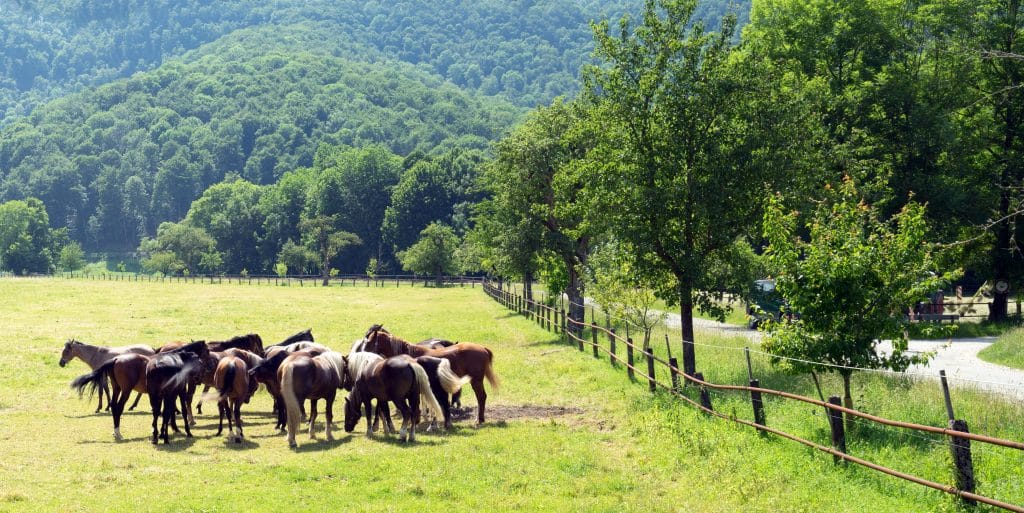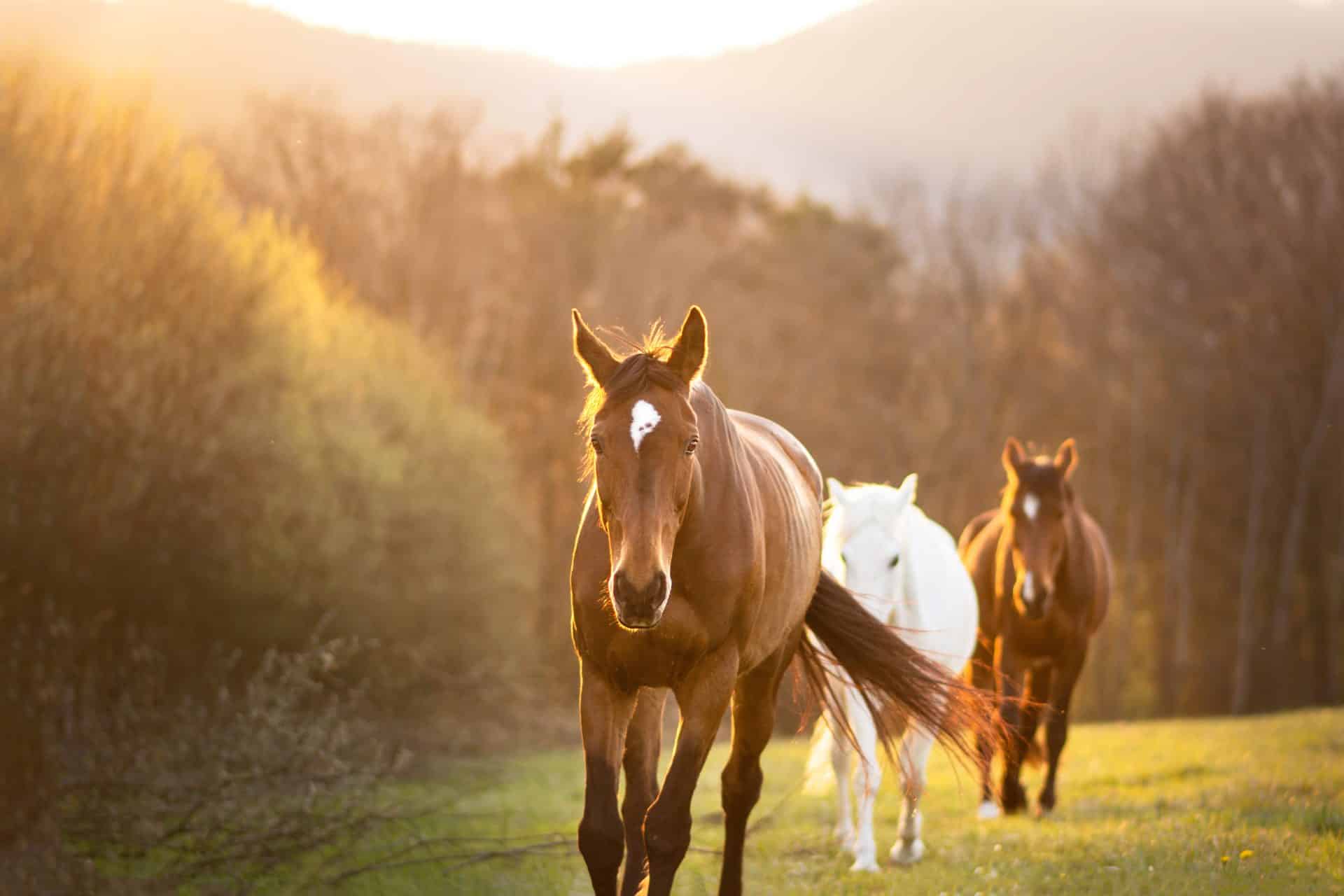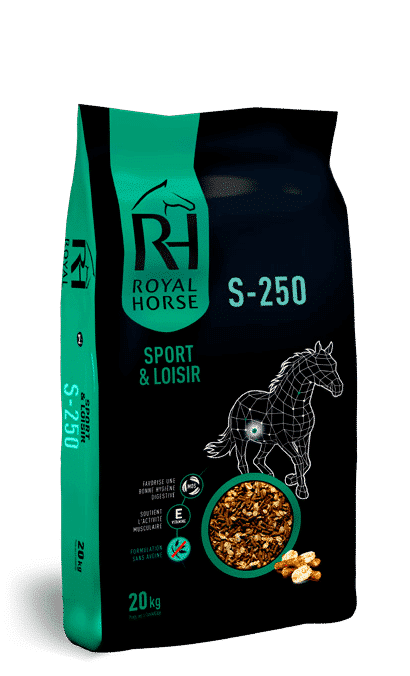For the past 15 years, the active stable has been an increasingly popular concept in Austria and Germany. It is an alternative that is much closer to the way horses live in their natural state, and it is very appealing. In view of the general enthusiast, this concept of active stables is gradually being introduced in France.
What is an active stable?
An active stable is inspired by the behavior of the horse in its natural state. In its natural environment, the horse lives in a herd and moves around all day to meet its needs. It must feed itself, have easy access to water and shelter from the natural elements (heat, wind, cold). On average, he travels between 10 and 15 km per day. The concept of the active stable is based on this nomadic lifestyle. The horse has at its disposal different spaces, inside or outside, according to its needs. The horse is free to choose its own space, according to its immediate needs. The active stable has a very precise plan, to propose a path to the horse throughout the day.
As far as feeding is concerned, hay is offered in racks and automatic feeders can be installed to distribute pellet rations. The horses are therefore perfectly autonomous for their meals. You can keep your usual pellets in an active stable. For example, you can use S250 flake horse feed, which is suitable for many horses and the activity produced by horses in an active stable.
Like the active stables, the paddock paradise concept follows the same guiding principle. It aims to get as close as possible to the natural behavior of the horse. However, this concept is a little less technical than the active stable, which will have more “logistics” to manage the day-to-day, such as the supply of rations, automatic systems, stabilization of the soil, maintenance of the different areas, etc.

What are the benefits of the active stable for the horse?
The benefits for the horses are immediate, since the active stable and the paddock paradise respect their physiological needs. The very concept of the active stable allows you to stimulate your horses and to appeal to their thinking.
Conversely, when horses live in a “classic” stable, it distorts their original behavior. For example:
- A horse locked in a stall cannot move freely. Yet locomotion allows good blood circulation, proper muscle function, and good digestion.
- Food is condensed into 2 to 3 meals on average (depending on the stables) while the horse has a small stomach. He should therefore ingest smaller meals throughout the day.
- Horses, separated by the walls of their boxes, interact little socially.
This unnatural lifestyle can therefore lead to health problems and stress for the horses since it goes against their needs.
How much space is needed for an active stable?
The general area
Since horses must walk a route every day, space is needed. The size of the active stable will depend on the number of horses in the herd. It is recommended to have about 100 square meters per horse in a stabilized area (moving area), excluding the building. This can be increased if the herd is composed of “live” horses (e.g., thoroughbreds, sport horses). Stallions are not recommended in an active stabled herd unless it is a stallion and his harem of mares. Outside of these areas, one must also consider the square meters needed to accommodate the horses for the night or for rest periods. The average is 10 to 12 square meters per horse for this “dormitory” part.
If you wish to create an active stable or a paradise paddock for your horses, we strongly advise you to define a plan according to your available surface.
The sizes of the different spaces
- Movement areas should be at least 6 meters wide to ensure that all horses can cross each other, without risking conflict.
- Feeding areas that include hay should be between 220 and 400 square meters (either 15×15 or 20×20), with a radius of 7 meters around each rack.
- The distances between the different areas of interest should not be too great, especially to avoid older horses traveling too far. About 30 to 50 meters between areas is recommended.




